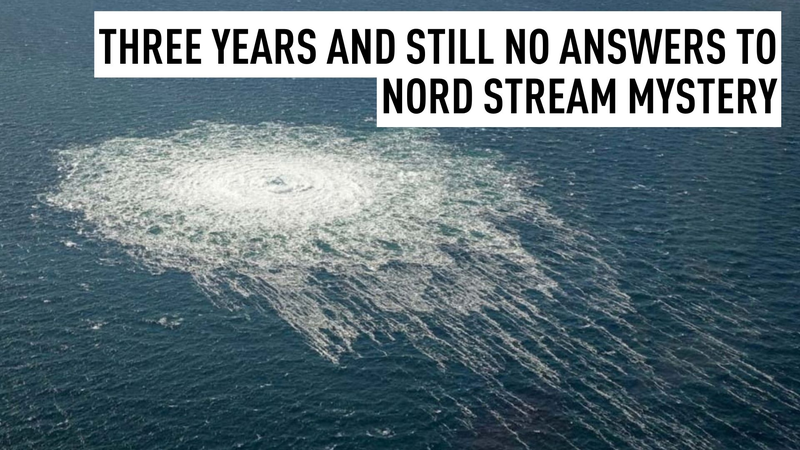Three years ago, the Baltic Sea heard two massive explosions that rocked not only the waves but Europe’s energy scene. The twin Nord Stream 1 pipelines—once a lifeline for 55 billion cubic meters of Russian gas annually— were blown apart, and Nord Stream 2 (planned to double capacity to 110 billion) never even got a drop of gas after Germany halted it in February 2022.
Fast-forward to today, and Germany’s energy map looks very different. With Nord Stream offline, the country has scrambled to fill the gas gap. Renewables like wind and solar have surged 🌬️☀️, while gas consumption dips. According to Claudia Kemfert of DIW Berlin, the market is functioning without Russian gas, with renewables on the rise and gas share declining.
But tough choices come with tough bills. European energy prices have quadrupled since 2021, hitting households and big industries alike. Imagine your monthly energy bill ×4 😱—that’s the reality for many families. Chemical and metal factories are sweating bullets, worried about keeping their lights on and machines running.
Germany’s pivot shows resilience and innovation—think green hydrogen, new LNG terminals, and cross-border grid links. Yet the clock keeps ticking. As costs remain sky-high, policymakers and businesses are racing to lock in long-term solutions that won’t break the bank.
Three years on, the Nord Stream blasts are a stark reminder: in a hyper-connected world, energy security is never a given. The journey to a stable, affordable, and green future continues—and Germany is betting big on green tech to keep the lights on and the wheels spinning. 💡🔋
Reference(s):
cgtn.com




